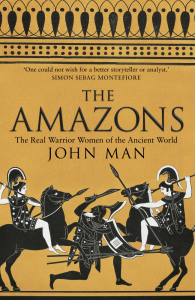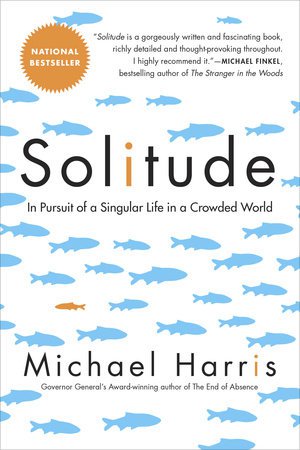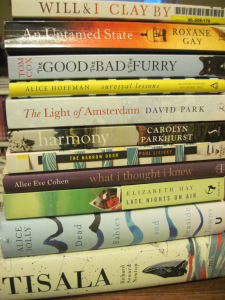 Birthday book haul.
Birthday book haul.
I had a pleasant birthday weekend: a five-mile country walk with some foraging of sloes, reading in the armchair with the cat, catching up with Poldark on DVD, and a three-course Italian feast my husband made from a River Café cookbook (plus a homemade Sachertorte). And I got 11 secondhand books for my birthday, if you were wondering!
We also attended a couple of Hungerford Literary Festival events. This year the theme was “Journeys,” so all of the featured books and authors were broadly travel-related Alas, the talk we were meant to attend on Saturday by Sunday Times writer Jonathan Dean, based on I Must Belong Somewhere, his memoir about researching his family’s European history, was cancelled due to insufficient ticket sales – we felt so sorry for the poor author!
However, on Sunday my husband saw Nick Hunt speak about his recent travelogue on famous European winds such as the mistral, and I saw Simon Fenwick in conversation with journalist Elinor Goodman about his new biography of Joan Leigh Fermor, the wife of celebrated travel writer Patrick Leigh Fermor (whom Fenwick and Goodman consistently called Paddy).
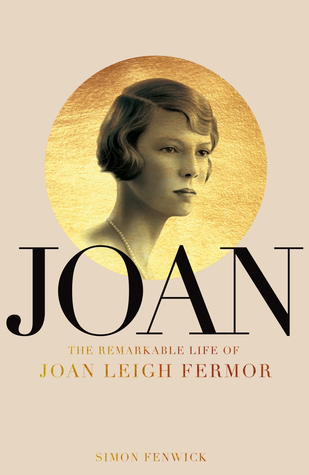 Fenwick considers Joan an enigmatic figure; although she could be quite a bitch, she also brought out the best in certain people, including Paddy. From a wealthy Yorkshire wool merchant family, she met golden writers like John Betjeman at bohemian parties. Although she was a fairly successful photographer – there will be a major exhibition of her work in London next year – she cast herself in a supporting role, as was traditional for the time: she would say that her career was all about helping Paddy in his, financially as well as morally. (I could just imagine what a novel about her would be called: The Travel Writer’s Wife.)
Fenwick considers Joan an enigmatic figure; although she could be quite a bitch, she also brought out the best in certain people, including Paddy. From a wealthy Yorkshire wool merchant family, she met golden writers like John Betjeman at bohemian parties. Although she was a fairly successful photographer – there will be a major exhibition of her work in London next year – she cast herself in a supporting role, as was traditional for the time: she would say that her career was all about helping Paddy in his, financially as well as morally. (I could just imagine what a novel about her would be called: The Travel Writer’s Wife.)
Although Fenwick believes Joan is a worthy biographical subject in her own right, her relationship with Paddy dominated the talk. When the couple met in Egypt in 1944, he was famous for having kidnapped a Nazi general, a stunt of debatable military benefit though it was certainly great for publicity. Women flocked to the handsome Paddy: he was carrying on two affairs at this time, and his one lover got pregnant and had an abortion.
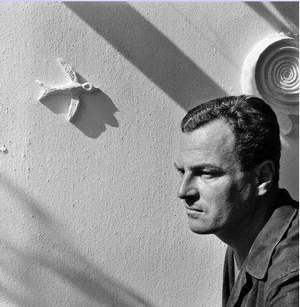 Patrick Leigh Fermor. By Δημήτρης Παπαδήμος (Ιωάννης Δ.Παπαδήμος) [CC BY-SA 3.0], via Wikimedia Commons.Though they didn’t marry until 1968, by which time they were settled in their home in Kardamyli, Greece, Joan and Paddy were an item for all the intervening years. Theirs was an open relationship, though; they even shared a lover, Alan Pryce-Jones. (Hoping I heard this correctly and am not just making a wild claim!) “NO GUILT” was one of Paddy’s mottoes. The travel writer’s life entailed long separations: Fenwick estimates that during the 1950s, Paddy didn’t stay put anywhere for more than two months at a time, but Joan served as “his psychological home.” Perhaps this practicality explains why the Fermors never had children: Paddy was simply hardly ever home. Or perhaps Joan was infertile, given that Paddy and Joan’s previous husband, John Rayner, both impregnated other women.
Patrick Leigh Fermor. By Δημήτρης Παπαδήμος (Ιωάννης Δ.Παπαδήμος) [CC BY-SA 3.0], via Wikimedia Commons.Though they didn’t marry until 1968, by which time they were settled in their home in Kardamyli, Greece, Joan and Paddy were an item for all the intervening years. Theirs was an open relationship, though; they even shared a lover, Alan Pryce-Jones. (Hoping I heard this correctly and am not just making a wild claim!) “NO GUILT” was one of Paddy’s mottoes. The travel writer’s life entailed long separations: Fenwick estimates that during the 1950s, Paddy didn’t stay put anywhere for more than two months at a time, but Joan served as “his psychological home.” Perhaps this practicality explains why the Fermors never had children: Paddy was simply hardly ever home. Or perhaps Joan was infertile, given that Paddy and Joan’s previous husband, John Rayner, both impregnated other women.
Joan was known as a wonderful cook and entertainer. In Greece they had a rotating cast of guests, and people would frequently just turn up uninvited. From afar the house looks like an ancient monastery, Fenwick said, though it’s now surrounded by modern buildings. Much of it is one huge room that serves as library, living room and dining room, with a corridor leading to the outside. In Joan’s time there were cats galore. Fenwick remembers the strong smell of jasmine the first time he walked through the archway into the courtyard.
 The Fermors’ Greek villa. By Rodolph at English Wikipedia [CC BY-SA 3.0], via Wikimedia Commons.Fenwick’s route into this project was somewhat unusual: he’s an archivist by trade and has spent decades of his life reading other people’s letters. He was invited to archive the papers in Fermor’s writing studio after the author’s death in 2011. The material was in chaotic files, but eventually he organized some 19 boxes of records to send back to the UK; they are now held in the National Library of Scotland. He wrote an article for the Times Literary Supplement about the experience, and from there one thing led to another. He never met either Paddy or Joan, who died in 2003, while Fermor’s biographer, Artemis Cooper, did meet him.
The Fermors’ Greek villa. By Rodolph at English Wikipedia [CC BY-SA 3.0], via Wikimedia Commons.Fenwick’s route into this project was somewhat unusual: he’s an archivist by trade and has spent decades of his life reading other people’s letters. He was invited to archive the papers in Fermor’s writing studio after the author’s death in 2011. The material was in chaotic files, but eventually he organized some 19 boxes of records to send back to the UK; they are now held in the National Library of Scotland. He wrote an article for the Times Literary Supplement about the experience, and from there one thing led to another. He never met either Paddy or Joan, who died in 2003, while Fermor’s biographer, Artemis Cooper, did meet him.
Although Fenwick did not wish to comment on another biographer’s work, he noted that in comparison to Cooper’s his is perhaps a bit of a new view on Paddy, a “not wholly heroic but fascinating” figure, flawed “on a grand scale.” Fenwick was impressed by “his pure energy – in his writing and in everything he did.” While Paddy must have been exhausting to live with, Fenwick believes he and Joan recognized in each other a similar approach to life.
As a speaker Fenwick wasn’t particularly engaging: even with a microphone he seemed to mutter, and left awkward gaps before answering. Is it fair that his dull manner made me wonder whether his book would be worth reading? Not all authors can be charismatic in person, I’m sure; I would definitely struggle with public speaking if I ever had to go on a book tour. But I do wish he had perhaps read a section from his book so I could have gotten a sense of the style. I think Joan’s life is interesting enough that I will still read her biography someday, but perhaps only after I’ve read more of Paddy’s travel books and the Cooper biography, which I own in paperback.
Have you attended any literary events recently? Does an author’s personality influence your opinion of their books? Advertisements Share this:- Events
